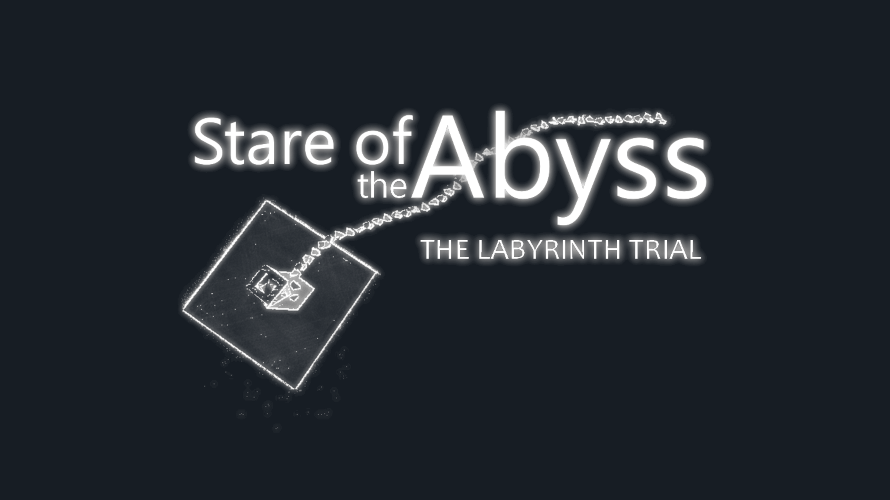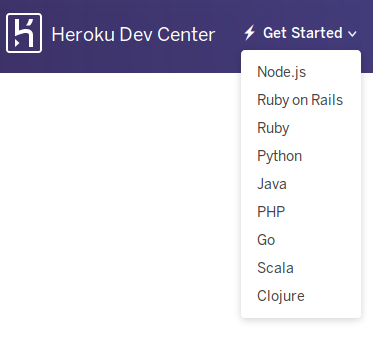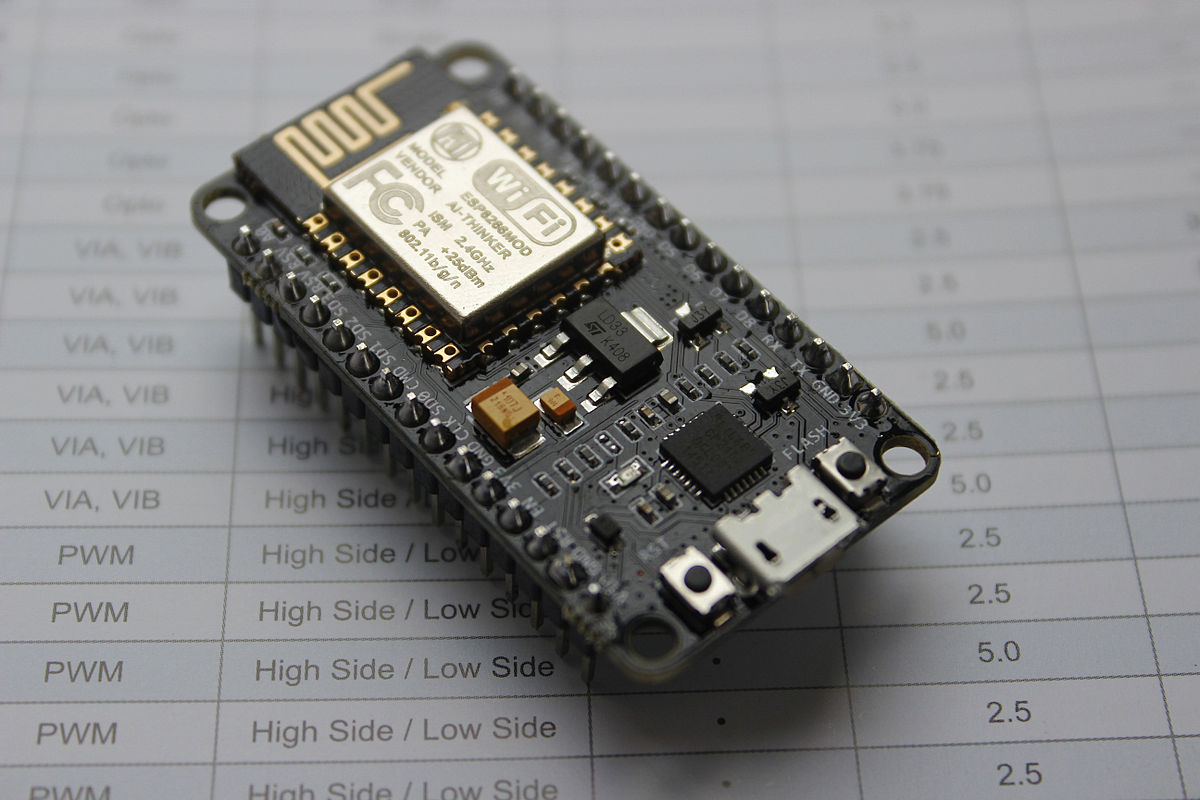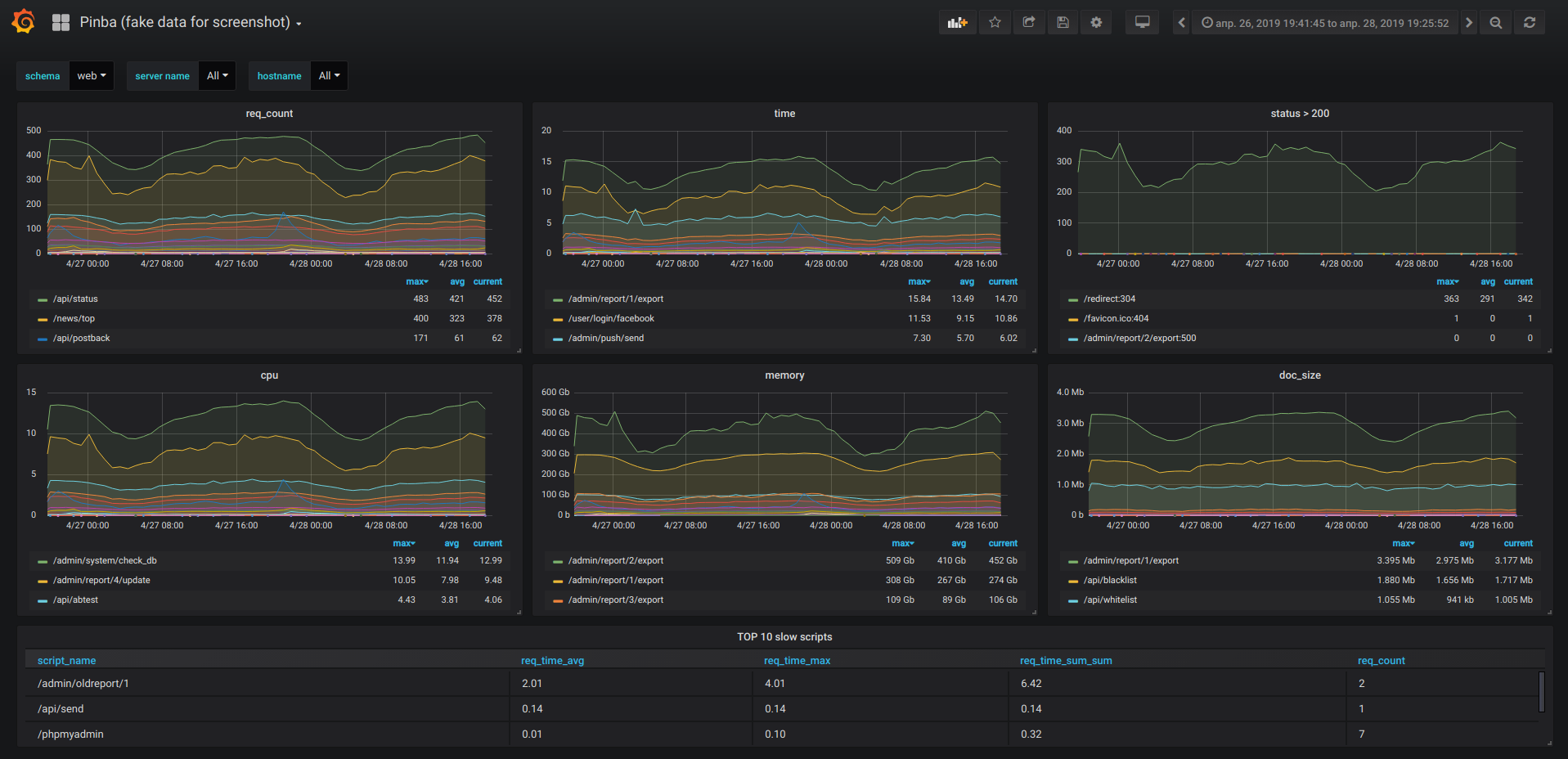Long journey to Tox-rs. Part 1

Hi everyone!
I like Tox and respect the participants of this project and their work. In an effort to help Tox developers and users, I looked into the code and noticed potential problems that could lead to a false sense of security. Since I originally published this article in 2016 (in Russian), many improvements have been made to Tox, and I lead a team that re-wrote secure Tox software from scratch using the Rust programming language (check out Tox-rs). I DO recommend using tox in 2019. Let's take a look what actually made us rewrite Tox in Rust.
Original article of 2016
There is an unhealthy tendency to overestimate the security of E2E systems only on the basis that they are E2E. I will present objective facts supplemented with my own comments for you to draw your own conclusions.
Spoiler: The Tox developers agree with my points and my source code pull request was accepted.
 Bangkok, in general, is a strange place to stay. Of course, it is warm there, rather cheap and some might find the cuisine interesting, along with the fact that about half of the world’s population
Bangkok, in general, is a strange place to stay. Of course, it is warm there, rather cheap and some might find the cuisine interesting, along with the fact that about half of the world’s population 
























